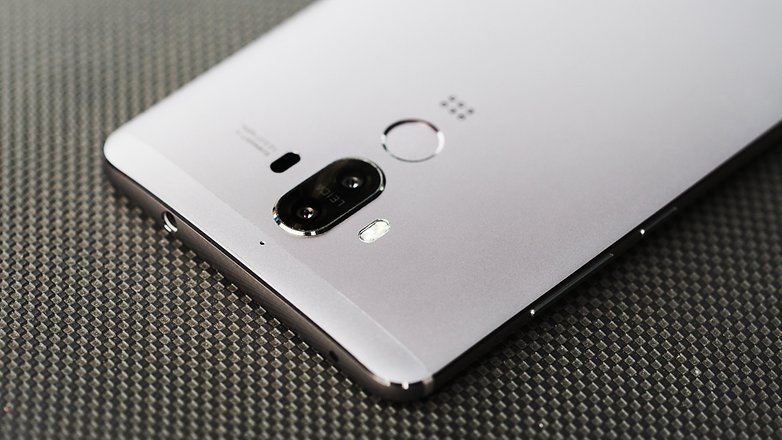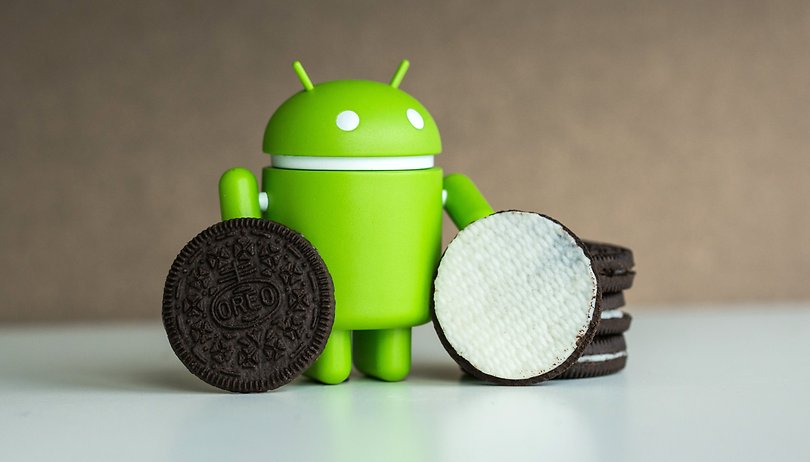Contents
Thanks to Project Treble, Android Oreo could usher in a whole new era of Android mods and custom ROMs. Since reverse engineering is no longer necessary to get the camera, fingerprint sensor and other components up and running, the software can be completely replaced on Oreo smartphones in no time at all. Several examples show that the new ROMs are even compatible with several devices at once.
Several smartphone owners still have the desire to choose the software on their smartphone themselves. Certain manufacturer skins such as Samsung Experience or Huawei EMUI are well thought out and extensive, but for some users too full of functions that they never use but cannot get rid of either.
So far, one answer to this problem has been the search for a smartphone in which a number of third-party providers have patiently developed a so-called custom ROM: an alternative operating system with the same range of functions.
However, this alternative hides a considerable amount of effort: The freely accessible Android source code (AOSP) must be reconciled with the non-open source hardware components of the smartphone. Reverse engineering takes several months until WLAN, camera, fingerprint sensor, NFC and other components function properly.
This is exactly where Project Treble comes in: the complete hardware reverse engineering tinkering is eliminated thanks to a new mandatory standard for devices that are delivered with Android Oreo. Those who do not meet the standard must not be shipped with Google’s Play Store. But how exactly does the system work?
Smartphone manufacturers must implement their hardware for Project Treble so that Android can address them using a uniform language (the HAL Interface Definition Language (HIDL) ). Comparing this to cars like Mishaal Rahman of the XDA developers , it would be as follows:
Imagine that automakers would install steering wheels and brakes in every car in a completely different way. If you get into the new car as a driver, it will confuse you every time. Thanks to certain standards, however, steering wheels and brakes look the same in almost every car, so we can operate them immediately. We learn that in the driving school. These standards for cars correspond to the Project Treble and the driving school is the HIDL.
For modders, Project Treble is revelation
The new rules of the game that Google has imposed on smartphone manufacturers are considered to be trend-setting in modder circles. Because not only is there much trouble with incompatible hardware. This also means that system images once created are compatible with a number of smartphones, i.e. are interchangeable. In the forum of the XDA developers, this is already reflected in a new structure. Instead of device sub-forums for Google Pixel , Honor 8 Pro , Essential Phone or Sony Xperia XZ1 , the ROM development is bundled in the common sub -forum for Treble-Enabled Devices .

Multi-ROMs are becoming a reality. Several developers who previously could only work on one device can now work more efficiently with developers of other devices. This is a blessing for the quality of third-party ROMs.
A little work remains
Of course, Treble does not solve the problem of closed bootloaders and the loss of warranty that often comes with opening them. We will continue to face harassment if we want to freely determine the software of our devices. But there are enough manufacturers such as Sony, OnePlus, LG or HTC that at least partially support bootloader unlocking and set a good example.

Treble does not come with an update
Devices that come with Android 8.0 Oreo must fully support Project Treble and HIDL. Devices that get Android 8.0 Oreo as an update do not have this obligation. Since a new partitioning of the flash memory is necessary for Project Treble, it is likely that almost all manufacturers will not update it on existing devices. Huawei provides a positive counterexample with the Mate 9 . There, hardware drivers are relocated from the system to the new vendor partition and connected to the system in accordance with Project Treble. It is one of the first to be successfully used for testing Treble custom ROMs.
Are Android smartphones free now?
Project Treble is certainly not a liberation in the sense of free software. The degree of self-determination is of course much higher due to an alternative ROM. However, there is still a lot of closed source software in the new vendor partition. It is far from our control to look inside and it is practically impossible to regulate the activities programmed into it.
So if you really want to have a free smartphone, you can only wait for the Purism Librem 5 , which should be available with mainly publicly documented hardware and software and has physical switches for all other components.
For Android, on the other hand, Project Treble is the greatest relief in recent years.
